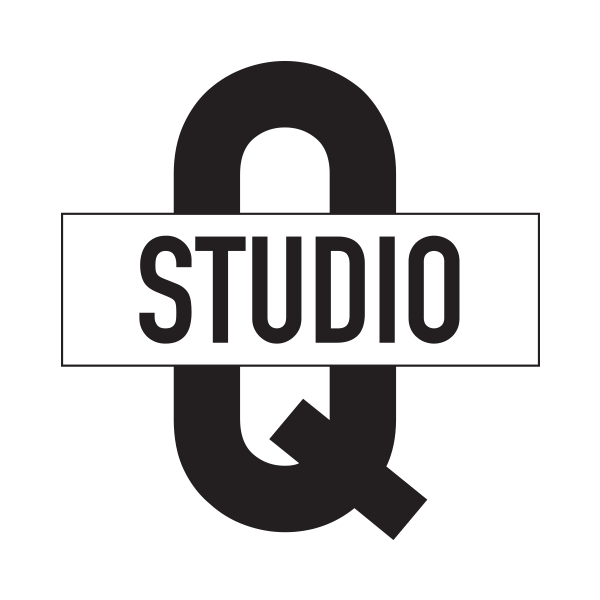I’m juggling a lot of processes and experiments. It’s a lot of fun. I am so grateful that I can do this full-time. I used to struggle with fitting in my “technical experiments” between jobs. No more. Amazing what you can accomplish when you are left alone with old books, chemicals, and a camera. What’s not to love.
Here, I’m exploring another important part of my project. I want to give a very subtle color to my prints. Red is the color I’m after. The Utes called this area, “Red Mother Earth” - actually going through Black Canyon, they passed massive red rock outcroppings. The Garden of the Gods is all red too.
So, how do I accomplish this? Easy; Gum Over Palladium, Platinum, etc., etc. You can add as many “layers” as you want. I use transparent pigment (Red Oxide in this case) so it gives a hint of color but also depth. I’m after both.
It’s quite simple to do. Mix the gum arabic, pigment, and dichromate up, roll it on the print, let it dry, register the negative again, expose it - 80% to 100% of the original time, depending on what you’re going for and then wash away the dichromates and gum (where it was blocked).
This is a Platinum Palladium Print on Revere Platinum paper pre-gum over application.
This is a Platinum Palladium Print on Revere Platinum paper post-gum over application.



























